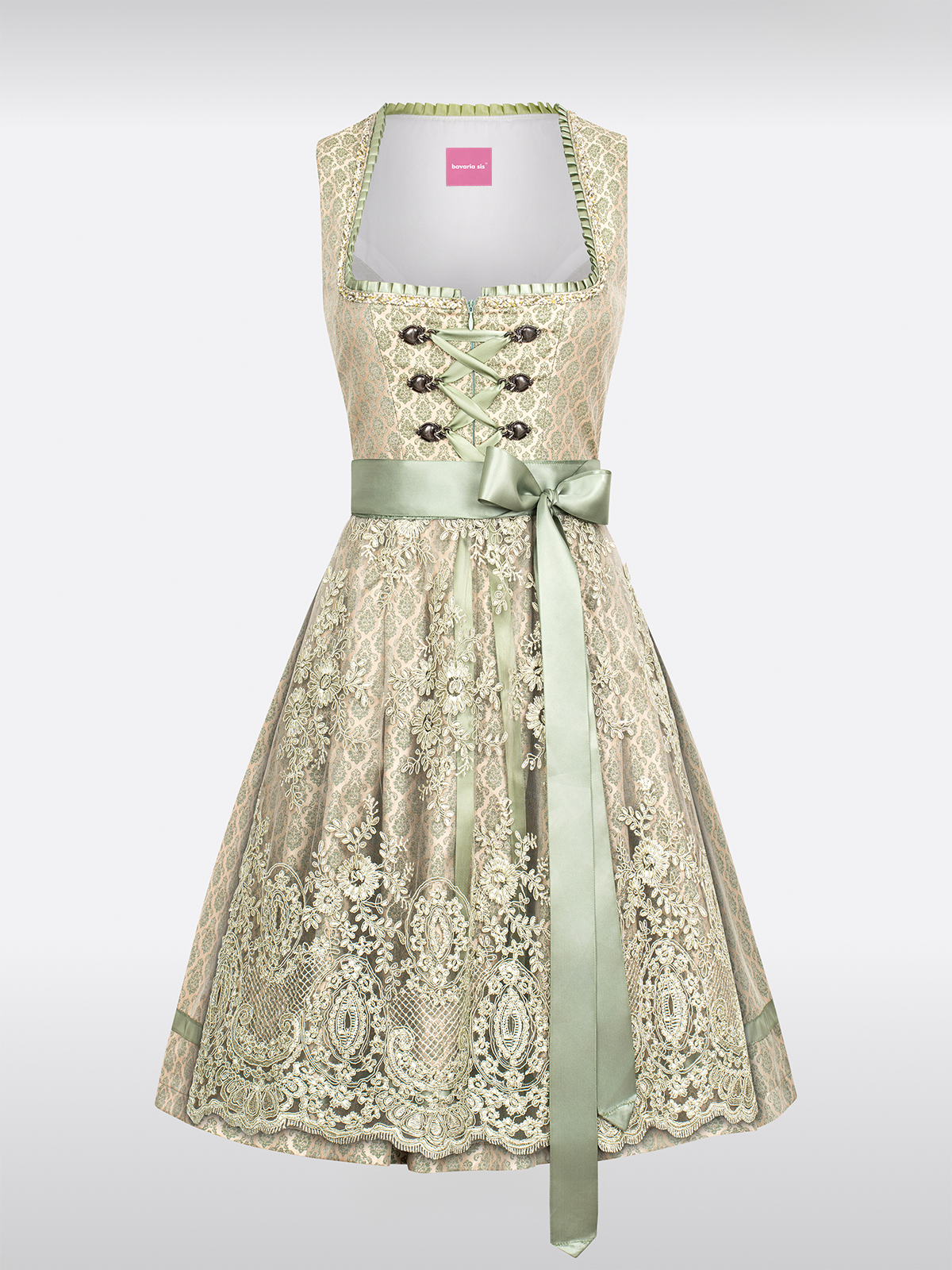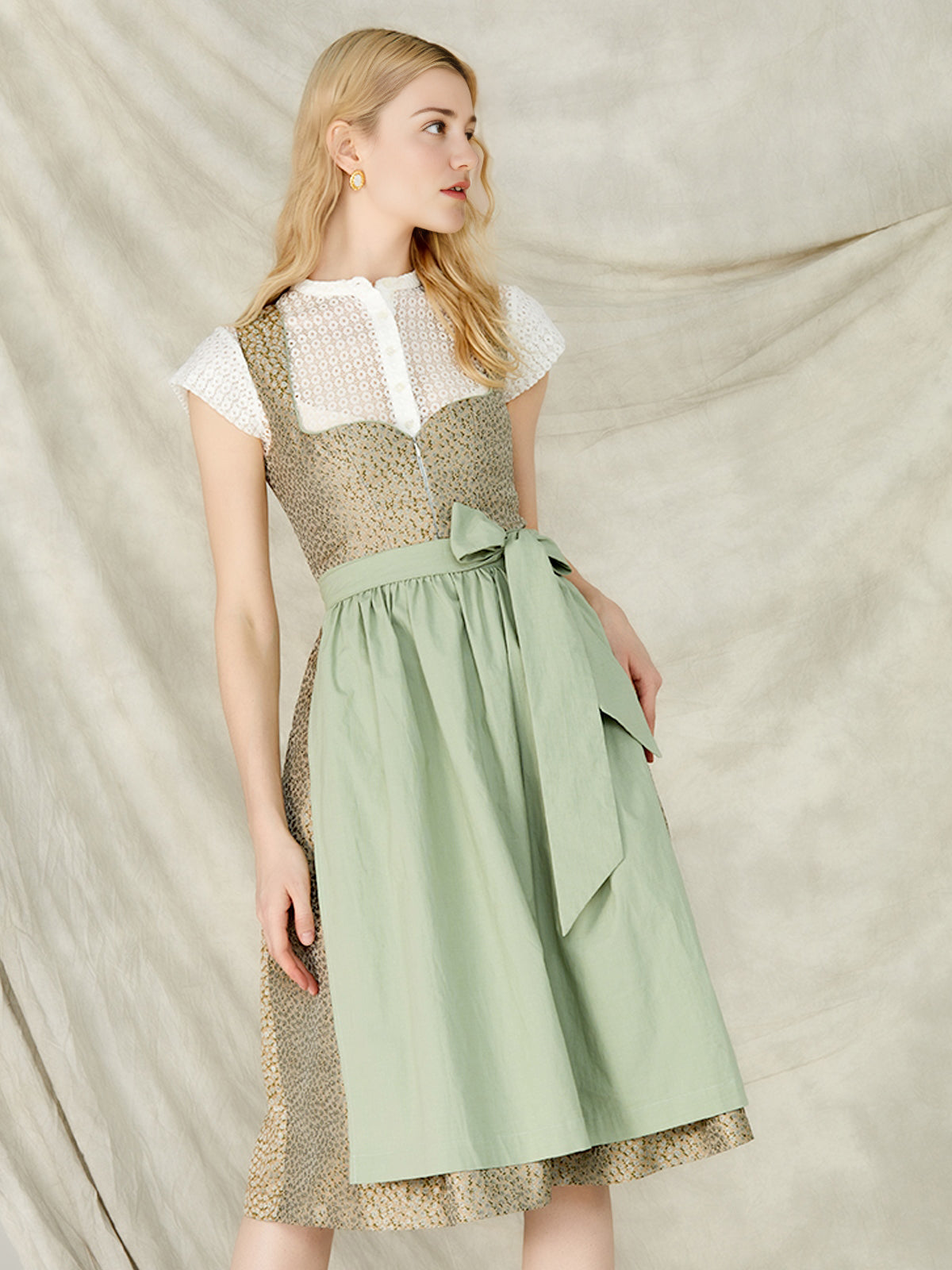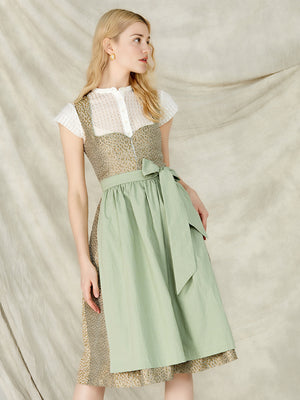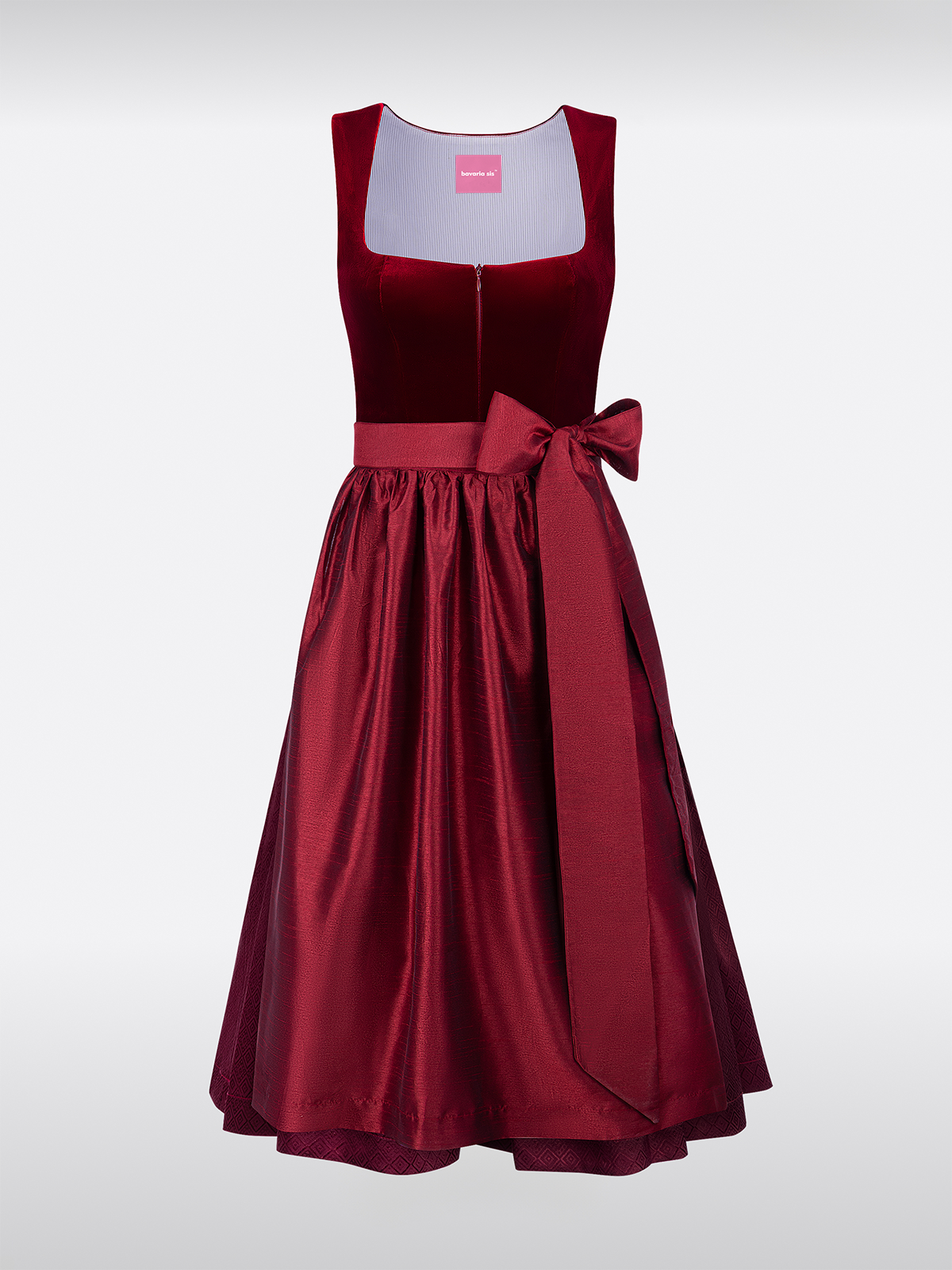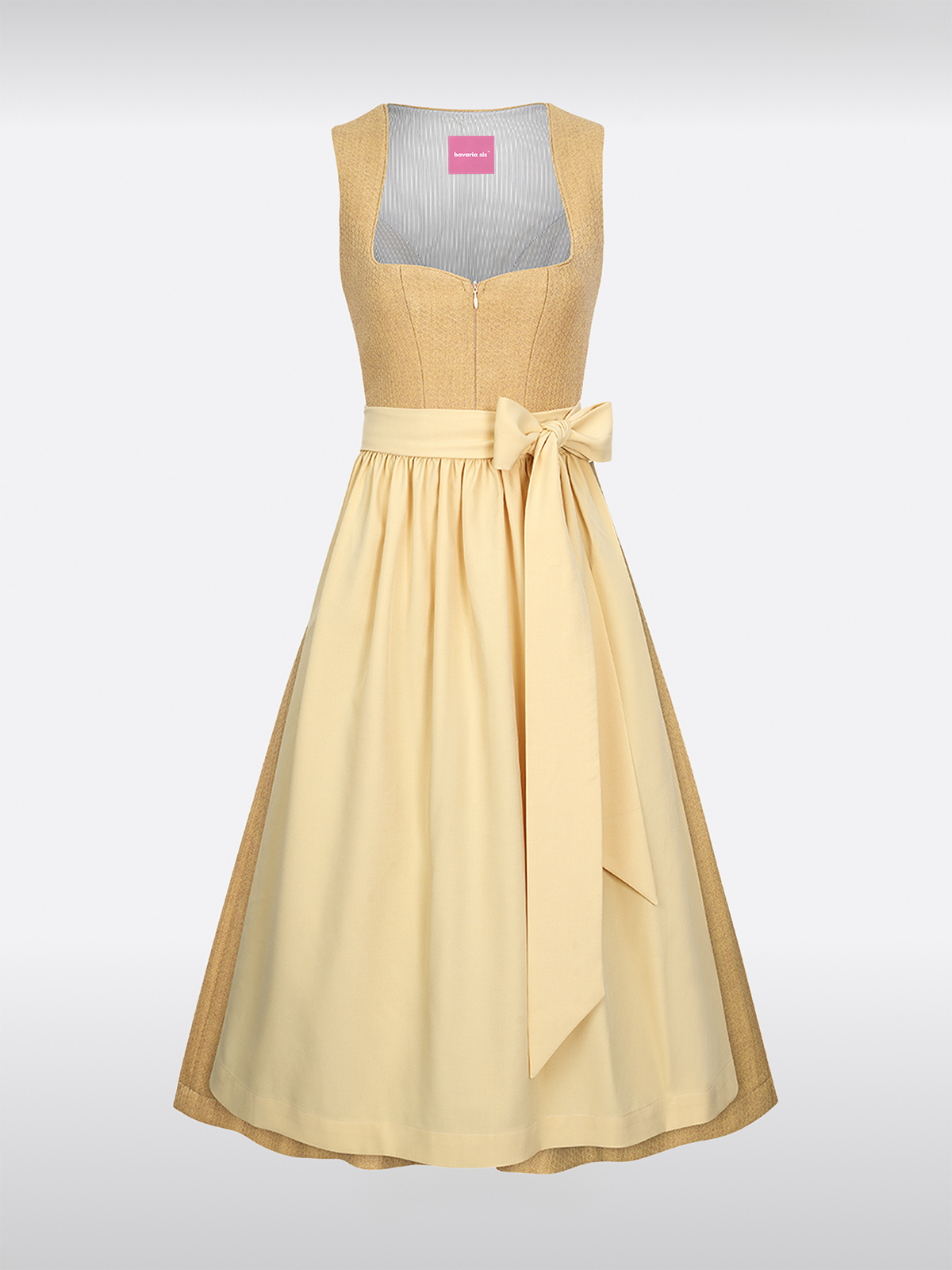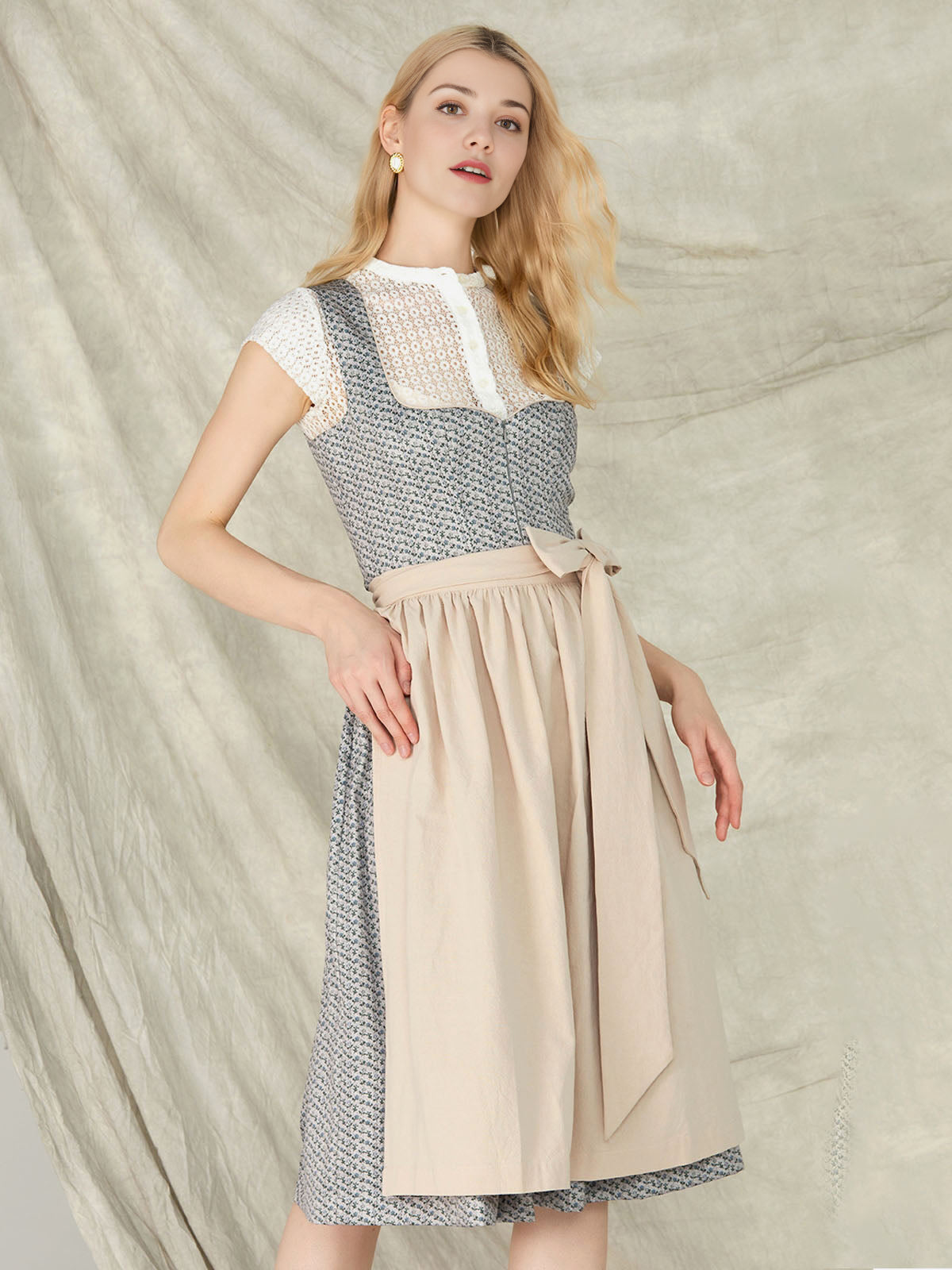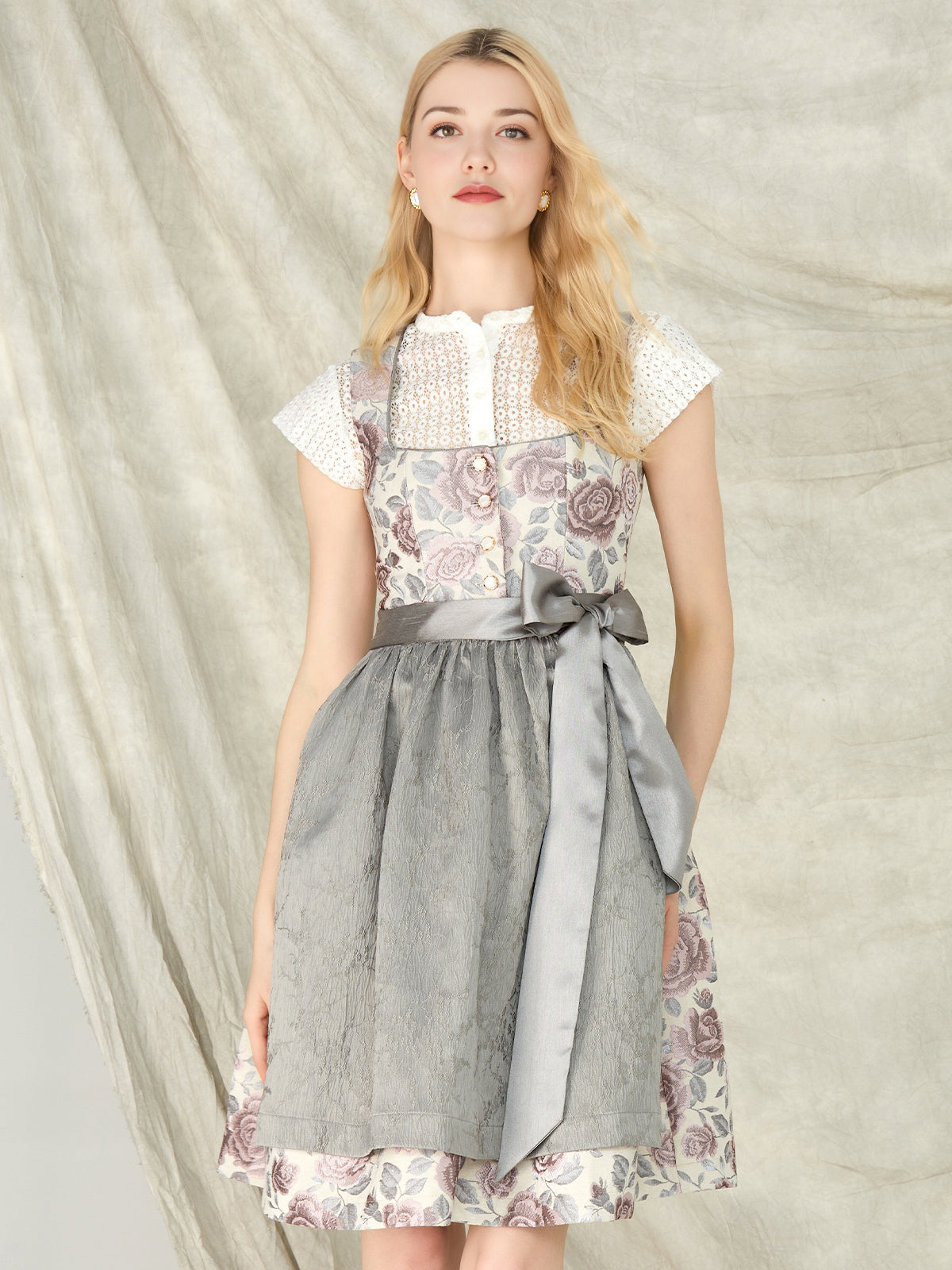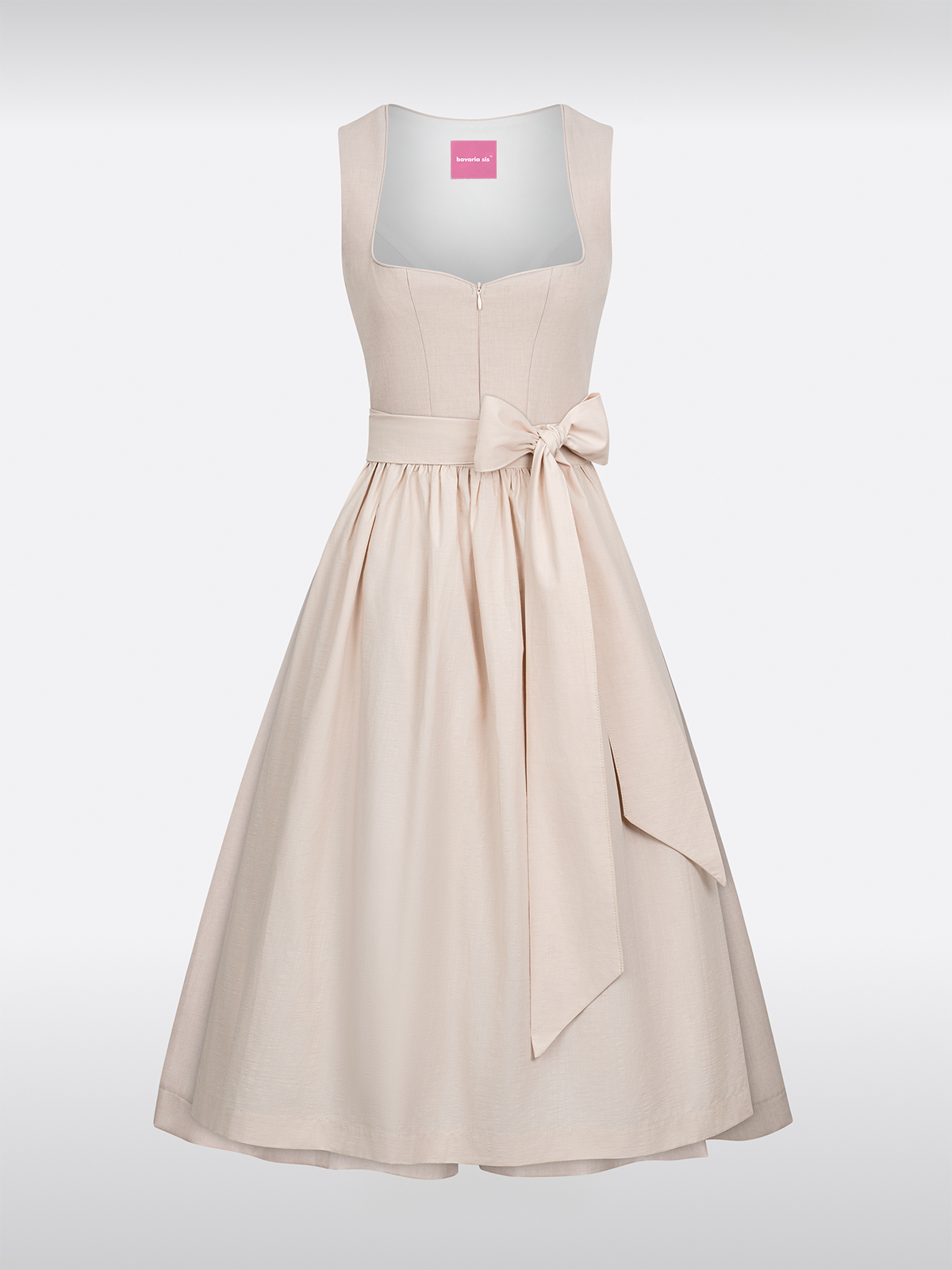Introduction
The dirndl, once derided as an "Alpine maiden costume," has evolved into a global fashion symbol. Its history not only reflects the history of Germany and Austria, but also demonstrates how tradition and innovation can coexist in fashion. This article takes you on a journey through the centuries—from its rural roots to the world's catwalks.
I. The Beginnings: The Dirndl as Workwear (17th-18th Century)
Originally, women in the Alpine regions wore a simple, functional garment: a long, wide dress made of linen or wool that protected the body from the elements. The colors were usually natural – green dirndl made of plant-dyed fabric was particularly popular because it harmonized with the landscape.
Fact check:
- The dirndl was first mentioned in Bavarian court inventories in 1720.
- The apron served a practical purpose: it protected the main dress from dirt.
II. The Loretta Revolution: From the Farmhouse to the Castle (19th Century)
With the Romantic movement, the dirndl took on a new dimension. Aristocratic women discovered the "simple beauty" of peasant clothing:
- Velvet dirndl green with gold trim became status symbols.
- The waist was cinched tighter and the sleeves puffed out – a style known today as the “Biedermeier Dirndl.”
Prada connection:
The Italian brand cites precisely this era in its 2019 collection: linen blouses with lace collars, dirndl dark green in velvet look.
III. The Dark Ages: Dirndl as a Political Instrument (1933-1945)
The Nazis used the dirndl for their propaganda:
- Gertrud Pesendorfer standardized the dress: shorter skirts, deep necklines.
- Non-Aryan women were allowed green dirndl do not wear.
Current Echo:
In 2023, models protested in Vienna with the inscription “Dirndl belongs to everyone” on their aprons.
IV. The Renaissance: From Traditional Costume to Trend Fashion (2000-2025)
Today the dirndl combines tradition and avant-garde:
- Velvet dirndl green with neoprene inserts (designer Lena Hoschek, 2022).
- Prada's 2019 collection combined dirndl silhouettes with techno fabrics.
Vision of the future:
Experts predict that dirndl dark green 2025 will be revolutionized by bio-based dyes – a contribution to sustainability.
V. The modern wearer: Who wears what and why?
Today there are three types:
- Traditionalists: Choose hand-woven linen, green dirndl with regional patterns.
- Fashionistas: Mix dirndls with sneakers (Balenciaga’s 2024 runway).
- Activists: Use the ribbon as a protest symbol (left = LGBTQ+ support).

